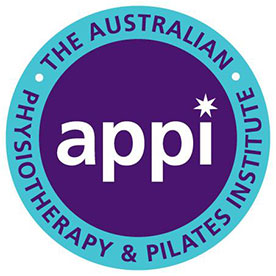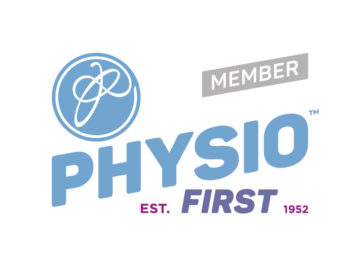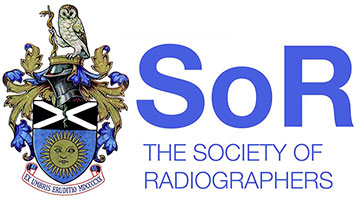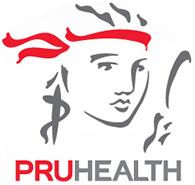.jpg)
Pilates and Yoga are so often mentioned within the same sentence, but although they are fairly similar in many ways, both disciplines have their own, very distinct benefits.
Strengthening, Toning and Injury Rehabilitation
Both Pilates and Yoga are beneficial exercises to undertake if you're hoping to strengthen your body. As the more dynamic discipline, Pilates is particularly focused on achieving a strong core and back. This will provide a solid platform which will result in improved posture and an enhanced range of movement. Pilates machine are often incorporated into classes, which deliver increased results when it comes to muscle toning and calorie burning. Many individuals all over the world undertake the practice, with dancers using the techniques as a way of ensuring their endurance and skills are strong and consistent. In the early 20th Century, Pilates was designed to form part of the rehabilitation routine for soldiers returning from the First World War. The results were positive and as such, Pilates is still considered a trusted and proven tool for individuals recovering from injury and looking to begin building up their strength again.
Mind, Body and Spirit
Conversely, for over 5,000 years Yoga has been closely focused on achieving a strong connection between an individual's mind, body and spirit. Improving strength is still a key part of Yoga, with many teachers able to tailor movements to individuals who have been suffering from back injuries. Although every muscle in the body will be worked during a Yoga class, the atmosphere is calmer and there is a distinct focus on improving flexibility and increasing range of movement. Yoga is a powerful tool for many individuals in their mental and emotional rehabilitation. Whilst Pilates uses breathing techniques as a way of ensuring muscles receive the energy they need, Yoga uses breathing as a method of relaxation. Meditation forms a large part of the discipline, providing time to really focus the mind, reflect on how you feel and de-stress.

